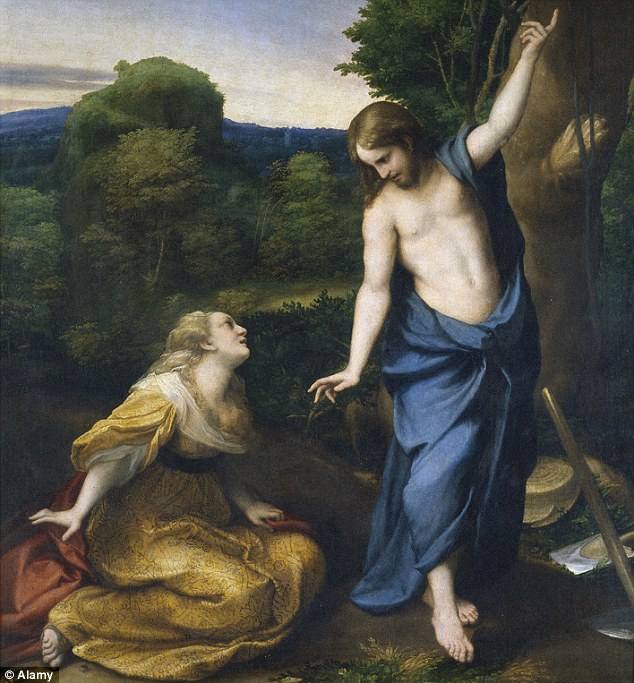Sunday
Perhaps I should have saved today’s joyous poem by Andrew Hudgins for the spring growing season since it associates Easter with new growth, but you’re getting it today because I enjoy it so much. To set it up, I’m also posting a poem by Lucille Clifton, which also focuses on Easter fertility imagery.
“Christ as a Gardener” is occasioned by Hudgins’s awareness that the boxwood maze in a park he visited spelled out the word “LIVE.” He only noticed this after the boxwoods had died, however, and he transforms his realization into a mediation on how Christ’s death brought new life into the world. He describes Christ as an enthusiastic gardener who can’t help but plunge his hands into the earth.
In some ways, the poem reminds me of D. H. Lawrence’s novella The Man Who Died, which is about the risen Christ learning to turn from death and sacrifice and focus instead on fecundity. Although at first Hudgins’s Christ is undertaking gardening work that sounds like the parables—”he roots up stubborn weeds, pinches the suckers,/ deciding order here—what lives, what dies, and how”—by the end of the poem he is just reveling in all plant life. An actual gardener might root up dandelions, milkweed, thistles, cattails and goldenrod, but gardener Christ glories in what Mary Oliver calls “the reckless blossoms of weeds” (“The Kitten”).
One other thought: the poem isn’t only about spring because “spring flashes by, then harvest.” The spring of Easter gives way to the harvest of the Ascension, where adult responsibility shifts to the disciples. Jesus, as he rises, dances amongst the blowing seeds. We dance along side him.
First, here’s Clifton’s “spring song”:
the green of Jesus
is breaking the ground
and the sweet
smell of delicious Jesus
is opening the house and
the dance of Jesus music
has hold of the air and
the world is turning
in the body of Jesus and
the future is possible
And now for Hudgins’s poem:
The boxwoods planted in the park spelled LIVE.
I never noticed it until they died.
Before, the entwined green had smudged the word
unreadable. And when they take their own advice
again—come spring, come Easter—no one will know
a word is buried in the leaves. I love the way
that Mary thought her resurrected Lord
a gardener. It wasn’t just the broad-brimmed hat
and muddy robe that fooled her: He was that changed.
He looks across the unturned field, the riot
of unscythed grass, the smattering of wildflowers.
Before he can stop himself, he’s on his knees.
He roots up stubborn weeds, pinches the suckers,
deciding order here—what lives, what dies,
and how. But it goes deeper even than that.
His hands burn and his bare feet smolder. He longs
to lie down inside the long, dew-moist furrows
and press his pierced side and his broken forehead
into the dirt. But he’s already done it—
passed through one death and out the other side.
He laughs. He kicks his bright spade in the earth
and turns it over. Spring flashes by, then harvest.
Beneath his feet, seeds dance into the air.
They rise, and he, not noticing, ascends
on midair steppingstones of dandelion,
of milkweed, thistle, cattail, and goldenrod.


